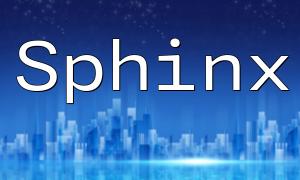First, we need to create a canvas using the imagecreatetruecolor function provided by the GD library. You can define the width and height of the canvas based on your needs.
<?php $im = imagecreatetruecolor(500, 500);
Next, use the imagecolorallocate function to set the color. You can define the color using RGB values, where the red, green, and blue components range from 0 to 255.
<?php $blue = imagecolorallocate($im, 0, 0, 255);
After setting up the canvas and color, you can draw the line using the imageline function. This function accepts the starting (x1, y1) and ending (x2, y2) coordinates, as well as the color of the line.
<?php imageline($im, 100, 100, 400, 400, $blue);
Once the line is drawn, you can output the image using the imagepng function. Remember to set the appropriate Content-Type using the header function.
<?php
header('Content-Type: image/png');
imagepng($im);After outputting the image, it’s important to free the image resource to prevent memory leaks.
<?php imagedestroy($im);
<?php
// Create a 500x500 canvas
$im = imagecreatetruecolor(500, 500);
// Allocate blue color
$blue = imagecolorallocate($im, 0, 0, 255);
// Draw a blue line from (100, 100) to (400, 400)
imageline($im, 100, 100, 400, 400, $blue);
// Output the image
header('Content-Type: image/png');
imagepng($im);
// Destroy the resource
imagedestroy($im);
?>By following these steps, you can easily draw a line in PHP and explore more advanced graphic rendering techniques with the GD library. This opens up many possibilities for creating dynamic and engaging visual effects for your website.









